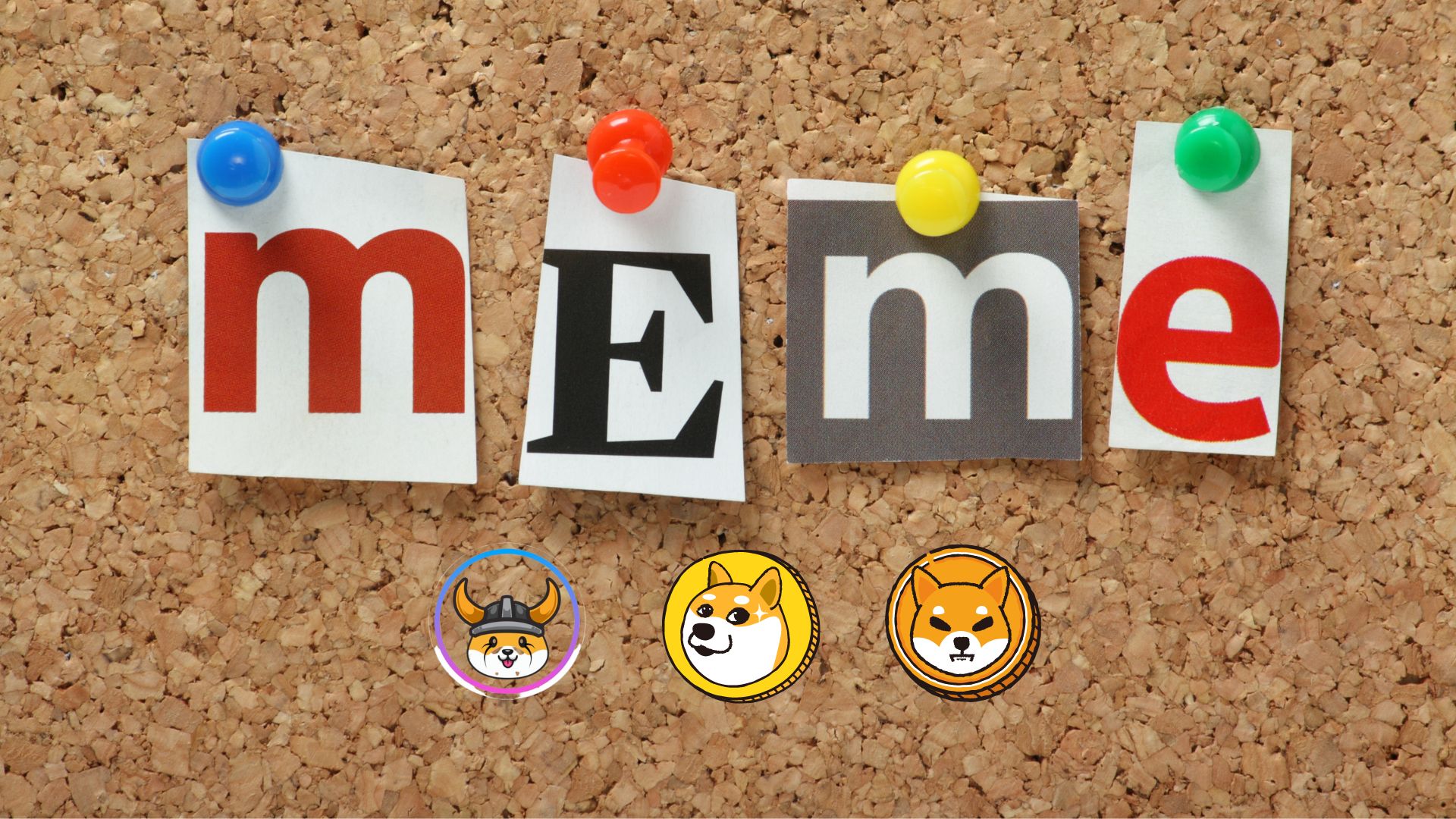Memecoins are extremely volatile, but for some investors, that’s reason enough to buy.
One thing is clear: it’s the month of May, and memecoins are well in season. Over the past few weeks, frog-themed memecoin Pepecoin has taken the crypto space by storm, surpassing the $1 billion market cap mark in its first three weeks of trading.
Wojak, another memecoin, has also enjoyed a 7-day rally of +268.1%, and Dogecoin, an Elon Musk-favourite, has had a particularly lively year.
Read more: Why Has Doge Replaced the Twitter Blue Bird?
On May 5, Binance, the world’s largest crypto exchange, listed PEPE and FLOKI as part of its so-called ‘Innovation Zone’ – a trading zone that’s dedicated to highly-volatile, high-risk tokens.
To understand memecoins, we first need to understand the word ‘meme’ – a word that’s been around for decades longer than Twitter and Instagram has.
Memes are similar to genes (or DNA), except they are cultural units, rather than biological.
Wait, what?
Richard Dawkins, a British evolutionary biologist, first coined the term ‘meme’ in his seminal book, The Selfish Gene (1976). He describes memes as ideas, behaviors, or cultural elements that are transmitted from person to person through imitation or replication (like genes). Examples might include catchy songs, memorable slogans, or popular fashions.
Memes are able to replicate and spread within a culture in much the same way that genes replicate and spread within a population.
Cool… but what does this have to do with Doge or Pepe?
Well, just as memes can spread rapidly through social media and other online platforms, memecoins quickly gain popularity and value based on their appeal to online communities and their ability to go viral. Not because they have any intrinsic value.
Moreover, memecoins can also be seen as a form of cultural expression and creativity, as they often incorporate humorous or ironic references to popular memes or internet culture.
What are some of the most popular memecoins?
The largest memecoin by market cap is Dogecoin.
Doge is a proof-of-work blockchain that’s been hugely endorsed by Elon Musk over the past few years, leading some to think that the blockchain will be the payment network for Twitter in years to come. Doge has a current market cap of $10 billion and is ranked #8 on CoinMarketCap.
After Doge comes Shiba Inu, a Dogecoin spin-off. Shiba has a $5 billion market cap and stands at #15 on CoinMarketCap.
There are 179 meme coins tracked by CoinGecko, but the most popular one this week is Pepecoin ($PEPE).
PEPE is an ERC-20 token with a supply of 420.69 trillion tokens. Its market cap currently sits just below $1 billion, but it has no intrinsic value. Like most other meme coins, the value of PEPE is mostly driven by internet hype.
The official Pepe website confirms the ‘memetic’ value of Pepecoin, stating: “$PEPE is a meme coin with no intrinsic value or expectation of financial return. There is no formal team or roadmap. The coin is completely useless and for entertainment purposes only.”
If memecoins have no intrinsic value, why are they all the rage right now?
There are three main reasons why people buy into memecoins, and why people create them to begin with.
1. Volatility
One of the main reasons memecoins have gained popularity is due to the hype and attention they generate on social media platforms like Twitter and Reddit. Hype can lead to significant price volatility and large gains for early investors, but it can also result in significant losses for those who invest without fully understanding the risks involved.
EtherScan shows that one PEPE investor turned $250 into $1.02 million in four days by investing in the memecoin. Lucrative as the numbers may seem, analysts have already pointed out that liquidity issues are likely to prevent the investor from ever accessing all of the profits.
2. Low cost of entry
Memecoins are often priced very low, making them accessible to small investors who may not have the financial resources to buy more established cryptocurrencies like Bitcoin ($27,890) or Ethereum ($1,862). This low cost of entry can make them an attractive option for those looking to invest in cryptocurrency without a significant upfront investment. It also means that investors can purchase huge amounts of tokens at a small cost – usually with the hope that volatility will drive the value up.
Here are some examples of just how low the prices are compared with Bitcoin and Ethereum (CoinMarketCap):
- Dogecoin: $0.07476
- Pepecoin: $0.000002278
- Shiba Inu: $0.000009031
- Wojak: $0.0004385
3. They’re easy to create
Cryptocurrencies, including memecoins (or shitcoins), are extremely easy to create.
A video shared by whitelights.eth (other wise known as digital artist Johnny Shankman) illustrates precisely how long it takes to create and deploy an entirely new cryptocurrency – 27 seconds. (Quicker than boiling the kettle.)
Earlier today, another Twitter user posted a similar video bringing the total time to just short of 16 seconds.
In a follow up tweet, the user stated: “Remember kids: tokens don’t rug people, people rug people.”
Disclaimer: CryptoPlug does not recommend that any cryptocurrency should be bought, sold, or held by you. Do conduct your own due diligence and consult your financial advisor before making any investment decisions.




